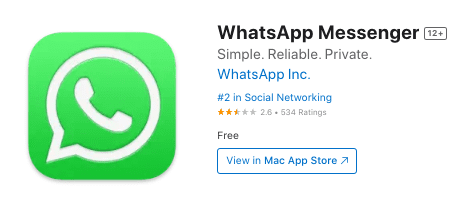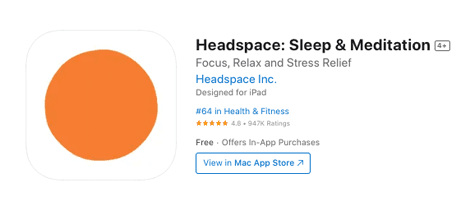Introduction to ASO and the Role of Categories
App Store Optimization (ASO) is a crucial process that has long become much more than just SEO for mobile apps.
Table of Contents
At its core, ASO allows users to find applications that they will like, solve their problems, and improve their lives. Technically, this can be achieved by increasing the app’s visibility and enhancing the conversion rate.. One of the pivotal aspects of ASO is the strategic selection of app categories, which plays a significant role in how an app is discovered, understood, and downloaded by users.
Choosing the right category isn’t just about following store guidelines; it’s about positioning your app in the digital ecosystem where it’s most likely to thrive. This involves understanding not just your app, but also the market, the competition, and user behavior.
“The right category can boost app’s discoverability, downloads and engagement.”
– Valeryia Haurylavets – Admiral Media – ASO Senior Manager
What is an App Category?
First, let’s define “app category” as a classification within app stores that groups apps based on their primary function or the type of content they provide. This categorization system helps users navigate the vast array of apps available and find what they are looking for more efficiently. For developers, selecting the appropriate category is a crucial decision that can significantly impact an app’s success.

In the Apple App Store, categories include Games, Business, Education, Lifestyle, Entertainment, Utilities, Travel, and many others. In the Google Play Store, similar categories exist, with some variations to cater to the different user bases and platform specifics.
How Does an App Category Affect ASO?
Choosing the right category can have a significant impact on the performance of the app’s store page, improving the app’s discoverability among the relevant and potentially loyal users. This, in turn, will affect the revenue.
The impact of app category selection on ASO is multifaceted:
- Search Visibility: Keywords from the category are usually indexed in the App Store. In this case, choosing the right category can save space in the keyword field for other important ones. However, algorithms are updated periodically, so it’s worth testing this hypothesis in practice.
- Browse Visibility: Apps are often discovered through category browsing. Being in the right category ensures that your app appears in relevant searches.
- Conversion rate: Your app’s category places it among certain competitors. The right category can mean more competition but more visibility. Because placing the app in the wrong category can either bring the rejection from the reviewers or lead to poor reviews and reduce the downloads rate because of ruining users’ expectations.
How to Choose an App Category?
Choosing the right category can be confusing, so here are a few criteria to take into consideration when going through the app category selection process.
- Understand Your App’s Core Function and Audience: The primary function and target audience of your app should guide your category choice.
- Analyze Competitor Categories: Look at where your competitors are categorized and consider how your app compares.
- Consider Keywords and Trends: Research keywords and current trends within categories to find the best fit.
- Check the downloads: Check the number of downloads for your app and your competitors to understand if you can compete for top positions in the category or if you need to adjust your marketing strategy. To find out the number of competitors’ downloads, you can use services such as Sensor Tower, Appfigures, and Appmagic, etc.
- Be flexible and adaptable: Be prepared to reassess and change your category as your app evolves or as market trends shift.
- Abide by Store Guidelines: Each app store has specific rules for categorizing apps. Familiarize yourself with these to ensure compliance.
Examples of Well-Chosen App Categories
WhatsApp: Properly placed in the ‘Communication’ category on Google Play and ‘Social Networking’ on the App Store, accurately reflecting its functionality.

Headspace: Positioned in the ‘Health & Fitness’ category, aligning with its focus on mental wellness and meditation.

Netflix: Entertainment category, highlighting how it helps in real life – to get entertained.

FAQs on App Category Selection
- Why is choosing the right category important?
The right category can increase your app’s visibility, improve user targeting, and ultimately lead to more downloads and user engagement. - How do I choose the right category for my app?
Assess your app’s core functionality, understand your audience, research competitors and compare their volume of downloads with yours, consider relevant keywords, and adhere to app store guidelines. - Can I change my app’s category after it’s been published?
Yes, you can change your app’s category if needed. Both the Apple App Store and Google Play Store allow for category changes, which can be useful as your app evolves or if you find a better fit.
In conclusion, selecting the right category for your app is a critical step in ASO. It requires a deep understanding of your app’s purpose, audience, and the competitive landscape. By making an informed choice, you enhance your app’s potential to climb the ranks in the app store, reaching the right users and achieving greater success.
This comprehensive guide provides a deep dive into the significance of app category selection in the context of ASO and good practices towards ensuring your app reaches its intended audience and achieves success in the competitive app stores.




